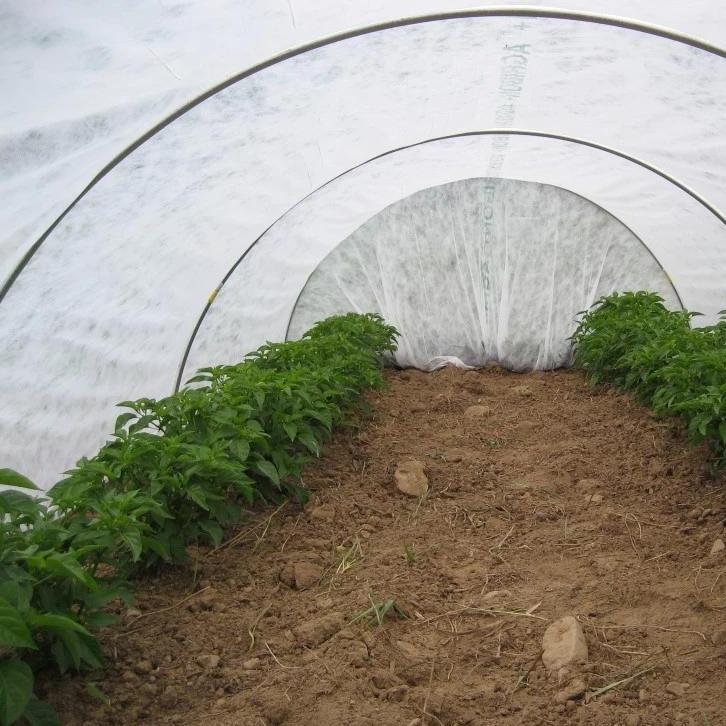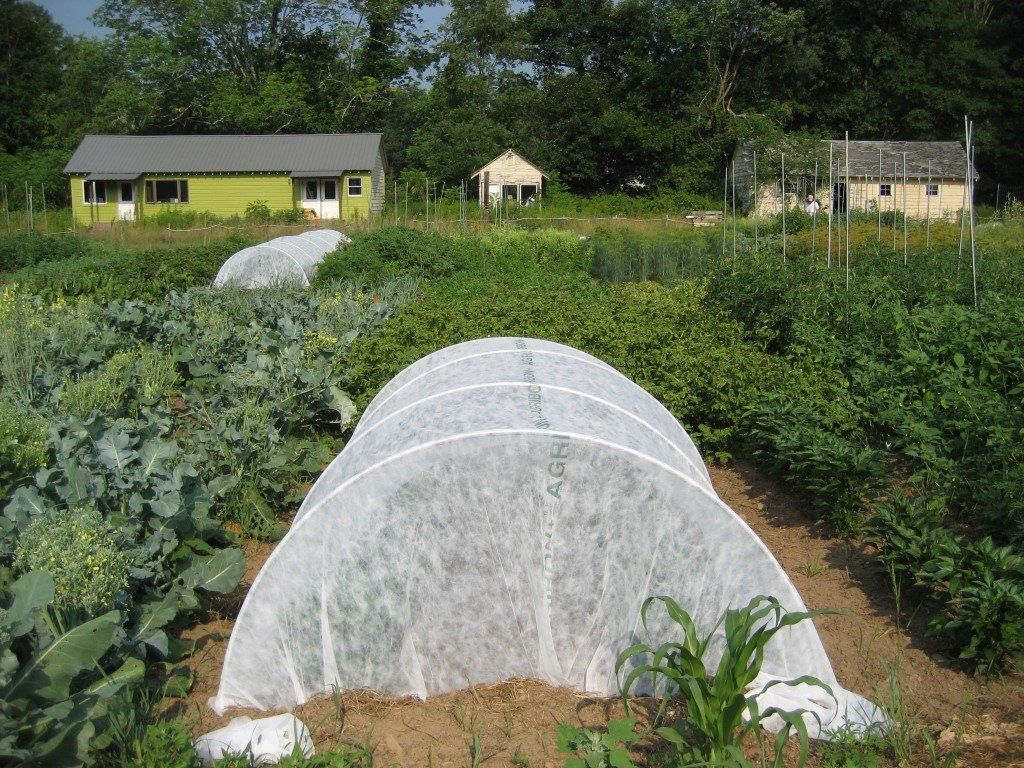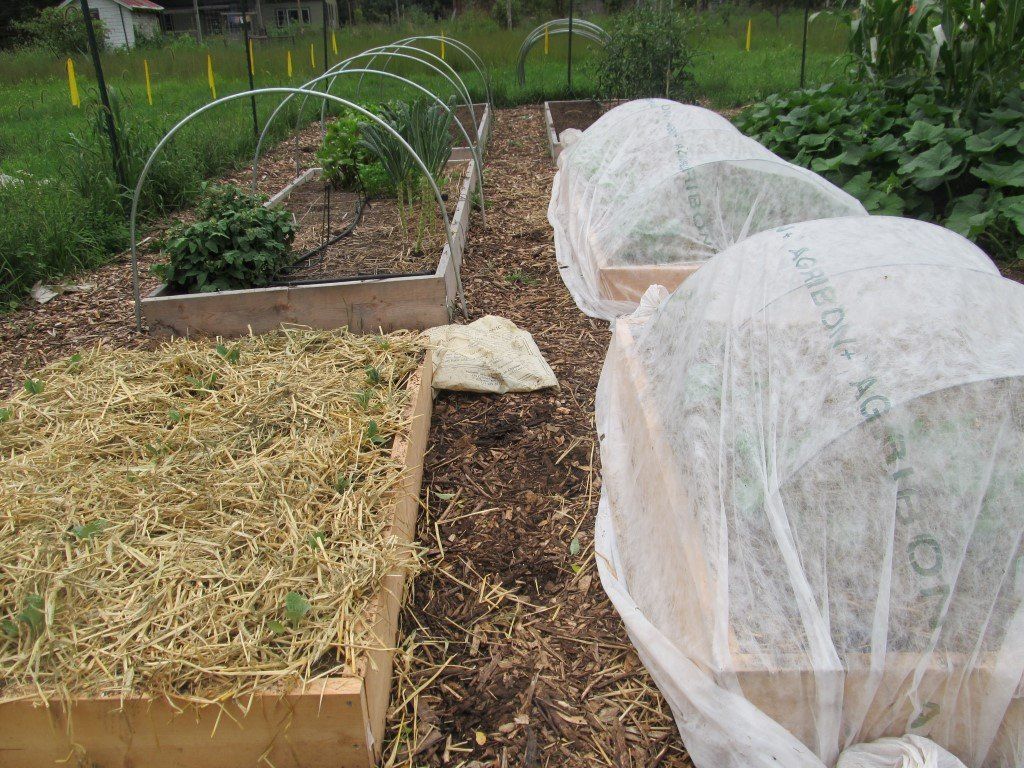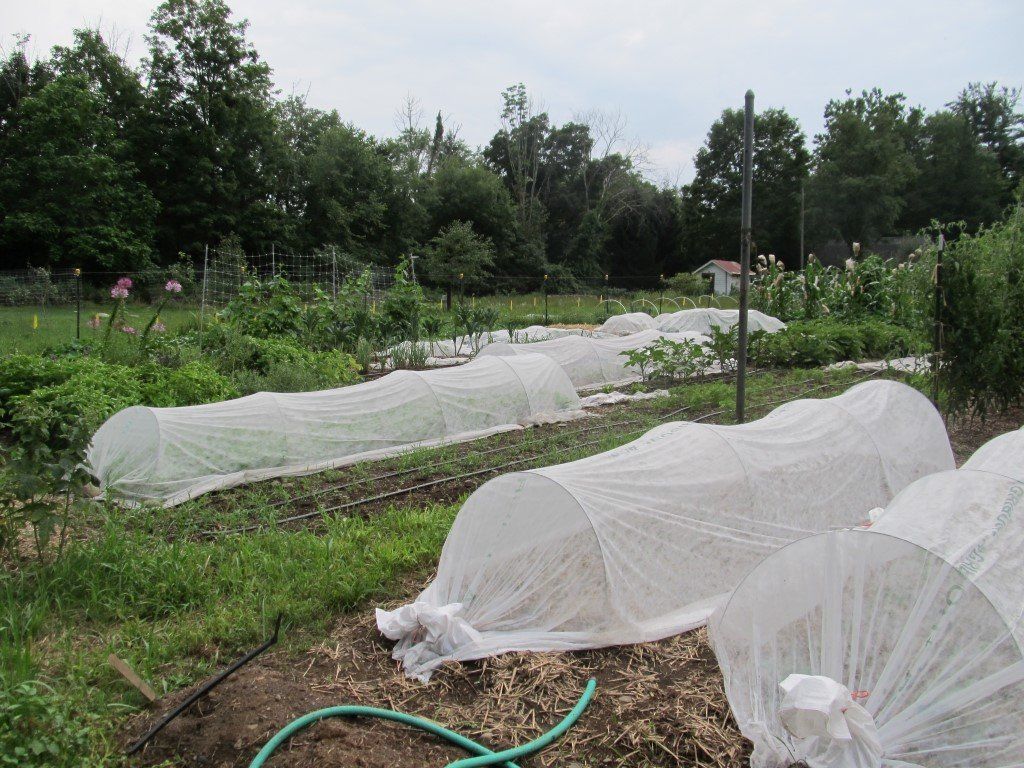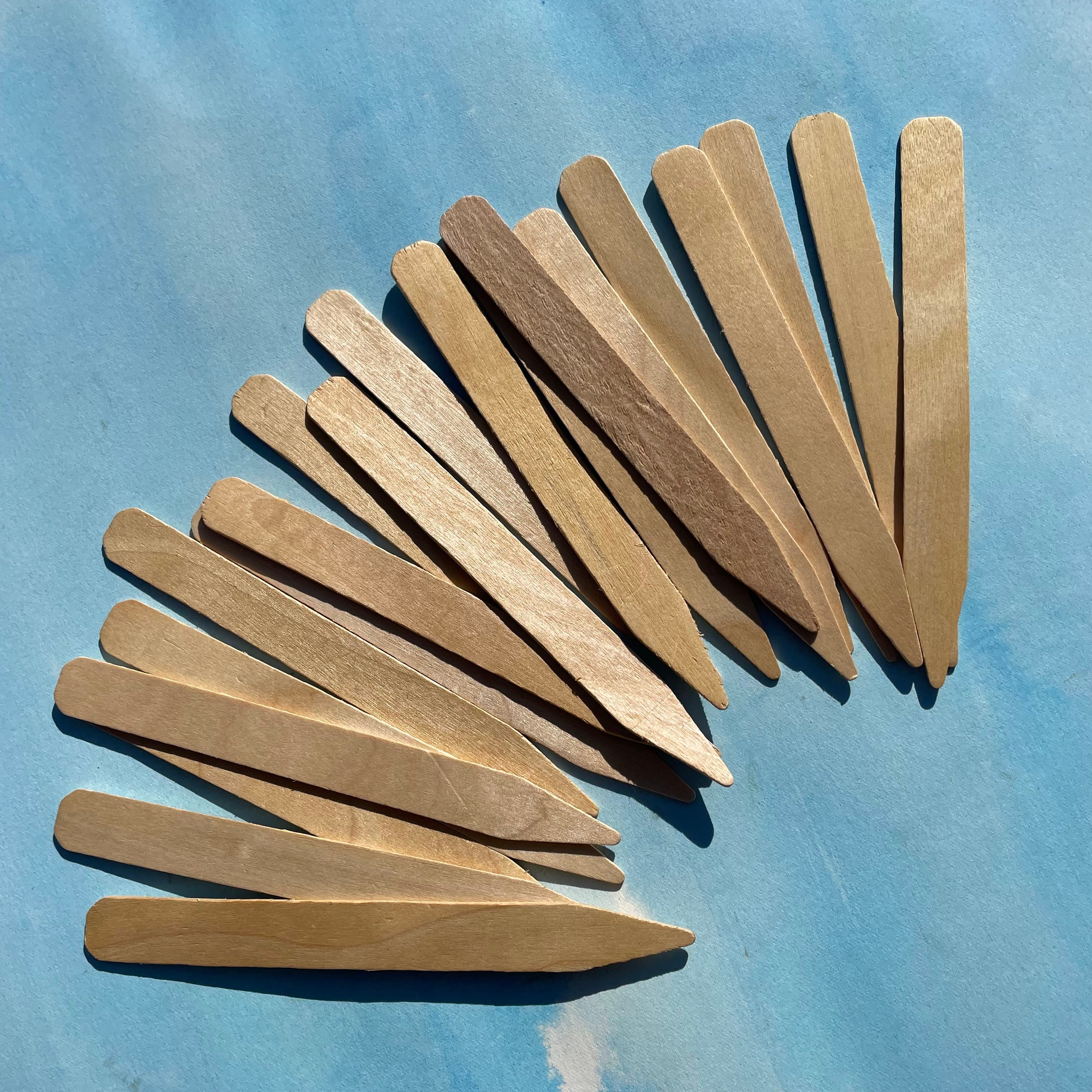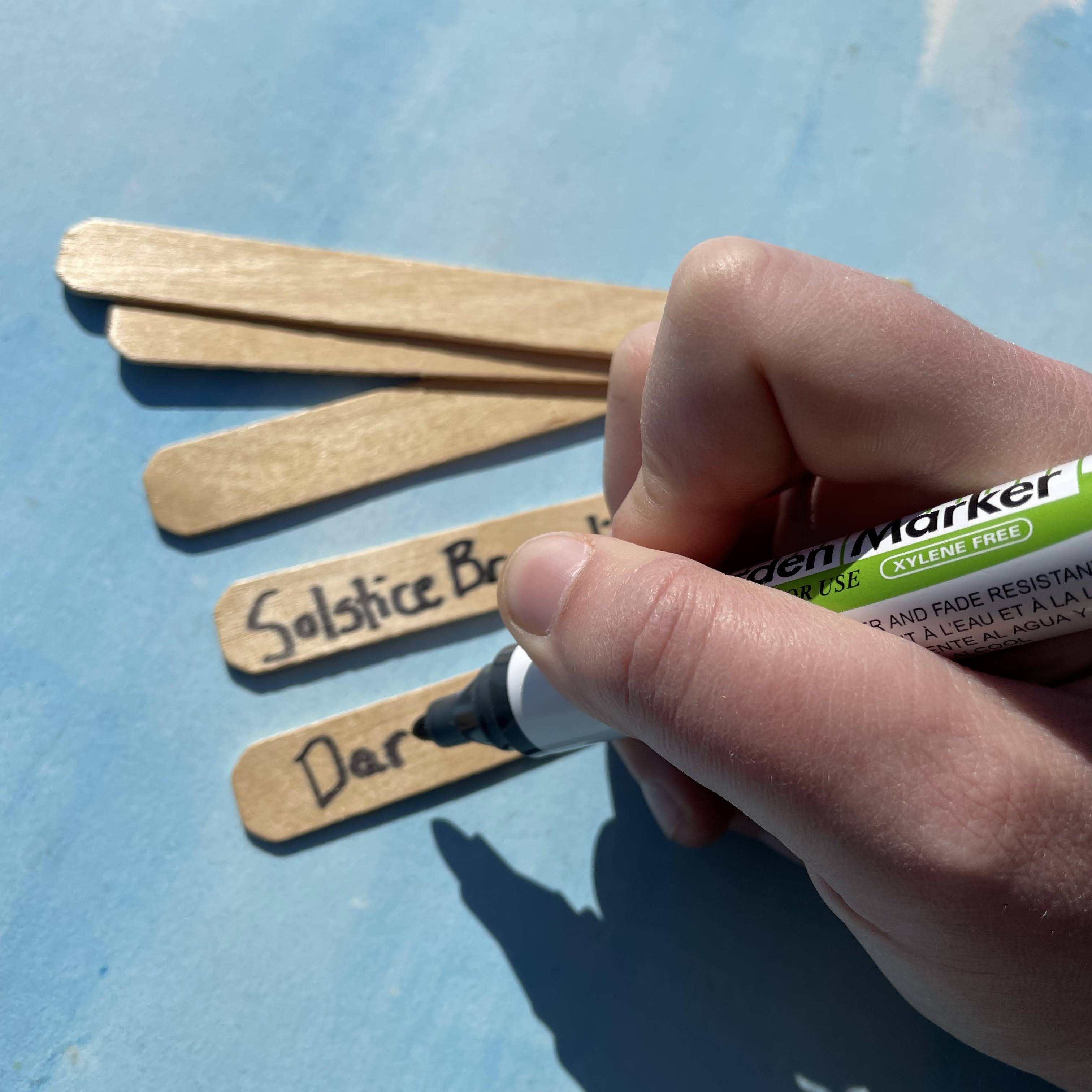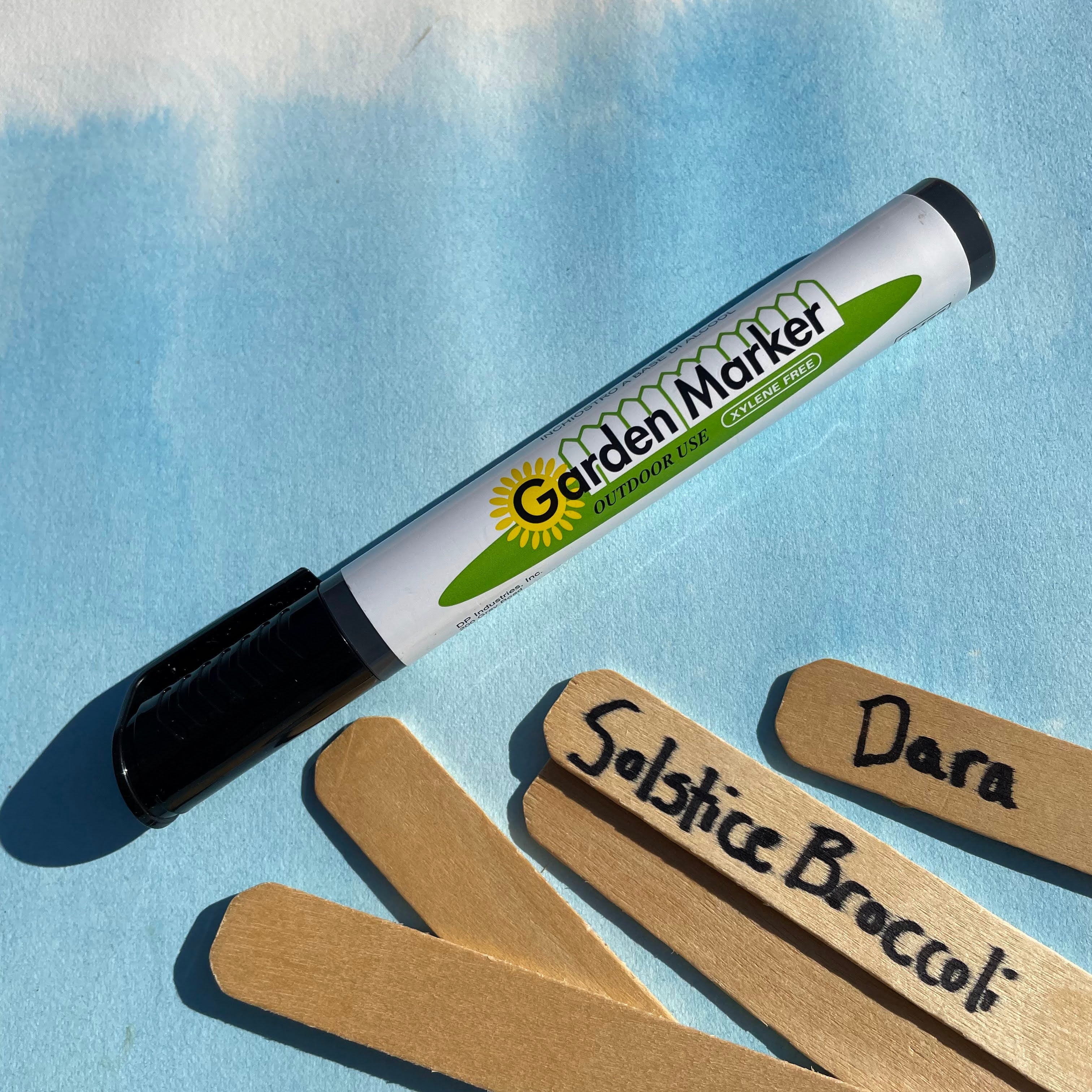Hardening Off & Transplanting Seedlings
Acclimate Your Seedlings Before You Transplant
Whether you have purchased seedlings from us or started plants on your own, there are a few things to consider to ensure successful transplanting. First off, do not overlook "Hardening Off." This process slowly acclimates plants to outdoor conditions. We need to acclimate indoor-grown transplants because the cushy confines of a warm home or greenhouse are really nothing like the great outdoors: Inside, seedlings are treated to steady temps, consistent light, and attentive watering; outside, seedlings face chilly soil, scorching sun, wind, rain, pests, and other tests of their endurance. Although plants are generally pretty forgiving, give them time to adjust to their new environment and they'll do much better. Plus, even though it's generally straightforward, there's some transplanting tips listed below.
Note: Our Seedling Sale is back this year! We are offering a wide selection of Certified-Organic vegetable, flower, and herb transplants ready to take home to your gardens. For us, the seedling sale is truly a special time: we get to chat with local growers and share the buzz around a whole new planting season.
Tips for Hardening Off:
- Take "Baby Steps." Slowly introduce seedlings to outdoor conditions. Please note: Seedlings from our Seedling Sale (or any greenhouse) do not require as much time to "harden off" as plants started in homes.
- Place plants in a protected area for a day or two to get them acclimated to being outside. This could be alongside a building to provide some shade and wind protection.
- Gradually increase exposure to the elements by moving them or leaving them to linger for longer in the same spot.
- Be mindful of more sensitive plants. For example, Melons and Cucumbers should not be left out overnight if temperatures are going to be lower than 50°F. Many gardeners keep row cover on hand to protect young plants from unexpected dips in temperature.
Tips for Transplanting:
Transplanting is an intuitive and extremely satisfying garden activity. There are a few tips and considerations to take into account to make the process go as smoothly as possible.
- Prepare your bed thoroughly first. Incorporate compost and soil amendments before transplanting.
- Transplant only on cloudy days or on late afternoons of sunny days to mitigate stress.
- Transplant gently. Eject your seedling carefully from its container, and then set it into the space you've made. With your hands, push the surrounding soil towards the seedling to "seal it in"; pat the soil down so that the seedling is held in place firmly, as vertically as you can get it. Water in with a gentle setting on your hose.
- Keep an eye on plants until they seem settled. If a cold snap is in store, consider protecting plants with row cover.
- Consider Cutworm prevention. Cutworms are a small creature that loves to fell young seedlings. To prevent this heartbreaker from ruining your day, put two toothpicks alongside and touching the stems of your transplants, one on each side of the stem. The cutworm won't be able to fully encircle the seedling and will give up.




